Indian Home Decor | Deeply Rooted in Cultural Traditions
Indian home decor is an exquisite blend of tradition, craftsmanship, and vibrant aesthetics, deeply rooted in centuries of cultural practices.
It’s not just about beautifying a space. It’s about telling a story. It reflects the history, beliefs, and ethos of a diverse culture. Indian home decor, from vibrant textiles to intricately carved wooden furniture, embodies this essence. It represents warmth, hospitality, and a deep connection to tradition.
We’ll look at the essential components of Indian home décor in this blog.
We’ll also look at the processes involved in creating a space that radiates beauty, culture, and comfort. Whether you’re decorating a home in India or incorporating Indian elements elsewhere, these principles apply.
Timeless decor elements can help you achieve the rich aesthetic Indian decor is popular for. With these, your space will reflect both tradition and style.
Vibrant Textiles
One of the most defining features of Indian home decor is its use of vibrant textiles. These textiles are not just functional but also a way to infuse color, warmth, and character into a space. Indian fabrics are famous for their intricate patterns, bold colors, and fine craftsmanship.
Handwoven Rugs
Carpets and rugs are often handwoven, featuring detailed designs that may depict natural scenes, geometric patterns, or traditional motifs. Some of the finest rugs come from regions like Kashmir and Rajasthan, known for their craftsmanship. These rugs not only add color and texture to a room but also provide warmth and coziness.
Embroidered Cushions and Curtains
In Indian decor, cushions and curtains are more than just accessories. Embroidered cushions often feature intricate patterns created through traditional techniques like zari (metallic thread embroidery) or phulkari (flower embroidery).
These cushions add a touch of luxury to living spaces. Silk curtains, often in rich jewel tones, create an opulent, regal atmosphere.
Block-Printed Fabrics
Hand-block printing is a popular textile art in India, especially in regions like Rajasthan. Artists stamp recurrent patterns on textiles for wall hangings, upholstery, and pillows by using carving block shapes. These designs, which frequently incorporate geometric forms or natural motifs, can give a room a rustic yet elegant touch.
Indian home decor’s colorful textiles have a strong connection to the country’s long history of producing textiles.
These textiles also reflect traditional dyeing and embroidery techniques. Commonly scraps include wool, cotton, and silk. This ensures that the decor not only looks beautiful. It also feels luxurious to the touch.
Intricately Carved Wooden Furniture
When it comes to wooden furniture, Indian homes often feature intricately carved pieces that serve both functional and aesthetic purposes. Indian artisans are famous for their exceptional wood-carving skills, passed down through generations.
Furniture in Indian decor is more than just practical; it is art in itself.
Jharokhas (Traditional Window Frames)
One of the most iconic pieces of Indian decor is the jharokha, a traditional wooden window frame often used as a wall hanging or mirror frame in modern homes. Mughal architecture is the source of inspiration for these window frames, which typically consist of teak or rosewood.
Wooden Chests and Cabinets
Indian homes frequently incorporate wooden chests and cabinets, which are often intricately carved and embellished with brass or iron detailing. These pieces not only serve as storage solutions but also add an antique charm to the decor. These chests belong to the past since they often go down as family heirlooms.
Ornate Chairs and Daybeds
Indian furniture showcases intricately carved wooden chairs and low-lying daybeds known as ‘charpais.’ Each piece is crafted with an emphasis on detail and durability. It’s typical to employ sturdy timbers like rosewood or teak. The carvings often feature floral motifs. Some pieces also display religious symbols.
The tradition of wood carving is ancient in India, with many regional variations. Rajasthan is famous for its ornate, heavy wooden furniture.
Southern India, on the other hand, is notable for its modern, minimalist timber designs. Incorporating carved wooden furniture into a home adds a unique touch. It showcases the beauty of craftsmanship. Additionally, it brings a sense of history and legacy.
Metal Artworks
Metal artworks, particularly those made from brass and copper, are quintessential elements of Indian home decor. India has been using these metals for millennia, not only for religious and ornamental purposes but also for practical goods.
Brass Lamps and Diyas
Brass diyas (oil lamps) are an essential part of Indian culture, especially during festivals like Diwali. These lamps have become popular in home decor to create a cozy, welcoming atmosphere. The soft glow of brass or copper lamps adds a magical touch to a room and creates an atmosphere of tranquility and spirituality.
Copper Pots and Utensils
Indian households regularly utilize copper for its aesthetic qualities and health benefits. In kitchens, you will often find copper pots and pans hanging, which not only serve as functional items but also add a traditional and luxurious touch to the decor. Similarly, decorative copper items like vases and bowls are commonly used to accent living spaces.
Metal Statues and Sculptures
Indian homes often feature metal statues of deities such as Ganesha, Lakshmi, or Krishna. More than just ornamental pieces, these statues are thoughtful to bestow wealth, protection, and good fortune upon the home. Metal sculptures of animals, such as elephants or peacocks, are also common and symbolize strength, beauty, and wisdom.
The use of metals in Indian decor is both practical and symbolic. A crucial component of Indian house décor, metal objects often have a connection with good fortune and their reflective surfaces can serve to illuminate an area.
Hand-Painted Pottery
Hand-painted pottery is another key element in Indian home decor, known for its unique designs, traditional motifs, and vibrant colors. Pottery in India is as old as civilization itself, with each region having its distinctive style and techniques.
Blue Pottery of Jaipur
One of the most famous styles of Indian pottery is the blue pottery from Jaipur, known for its striking cobalt blue color and intricate patterns. This style of pottery is commonly useful to adding a bright, artistic touch to any environment through vases, bowls, and plates.
Terracotta Pottery
Terracotta, meaning ‘baked earth,’ is a type of clay pottery that is useful in India for thousands of years. It is especially common in rural areas, where artisans create beautiful earthenware that is both decorative and functional. Smaller terracotta sculptures and figures serve as décor, while terracotta pots often serve as planters.
Painted Pottery
Many regions in India are famous for their painted pottery, featuring floral motifs, animal figures, and scenes from mythology. These pieces can be used as centerpieces, or decorative accents on shelves and mantels.
Hand-painted pottery serves as a reminder of India’s rich artistic traditions and adds a personal, handmade touch to home decor. The combination of colors, shapes, and textures creates a perfect blend of beauty and functionality.
Traditional Lighting
In Indian home decor, lighting serves a dual purpose. It is not just about illuminating a space; it also creates a mood and enhances the overall aesthetic. Traditional Indian lighting often involves the use of oil lamps and lanterns.
Additionally, decorative candles contribute to the ambiance. Together, these elements add warmth and a soft glow to a room.
Diyas (Oil Lamps)
Diyas are small clay lamps used in India during religious ceremonies and festivals. However, they are also used in home decor to create a spiritual and serene atmosphere. Placing diyas around the home, especially in entranceways or near altars, brings a sense of peace and tranquility.
Lanterns
Traditional lanterns made from brass or glass are another popular lighting option in Indian homes. These lanterns, which can be a decorative elements on tables or suspended from ceilings, frequently have elaborate patterns. The light filtering through the patterned metal or glass creates beautiful shadows and adds a soft, ambient glow to a room.
Candles and Candle Holders
Candles are popular choice for Indian decor, especially during festivals and celebrations. Candle holders made from brass, copper, or terracotta add a touch of elegance and are often designed with intricate patterns that complement the rest of the decor.
Lighting plays a crucial role in Indian home decor by setting the tone and creating a cozy, inviting ambiance that is both practical and symbolic.
Wall Hangings and Art
Visit : To Learn with Visual
In Indian homes, tapestries, paintings, and sculptures that depict historical, religious, and cultural topics have a tendency to embellish walls. Wall hangings are an essential part of Indian decor, providing an opportunity to showcase artistic craftsmanship and storytelling.
Tapestries and Embroidered Wall Hangings
Fabric wall hangings, often embroidered or block-printed, are a common sight in Indian homes. These pieces may depict scenes from Indian mythology, nature, or daily life and serve as both decorative and cultural statements.
Traditional Paintings
Indian homes often feature traditional paintings, such as Madhubani or Warli art, which are native to specific regions of India. These paintings often depict scenes from Hindu mythology, village life, or natural landscapes, adding a personal and cultural touch to the walls.
Mirrors with Ornate Frames
Mirrors are also a popular element in Indian decor, often framed with intricately carved wooden or metal frames. These mirrors not only serve a functional purpose but also help to brighten a room by reflecting light.
Wall art in Indian decor is not just about aesthetics; it’s about storytelling, history, and identity. Whether it’s a painting of a religious figure or a tapestry depicting a village scene, each piece reflects the rich cultural heritage of India.
Tradition and Personal Style in Indian Home Decor
Decorating a home is a transformative experience. It allows you to express your personal style and create comfort.
Additionally, it reflects cultural influences that shape your tastes. In Indian home decor, the process goes beyond aesthetics. It’s about creating a warm, inviting, and vibrant environment that combines tradition with modernity.
The key is to thoughtfully plan each element, from choosing the right color palette to selecting furniture and textiles, while infusing personal touches that make the space truly your own.
This comprehensive guide will walk you through the home decoration process, focusing on the essential elements of Indian home decor.
Whether you’re designing a new home or revamping an existing space, these steps will help you create a cohesive and culturally rich environment that is both beautiful and functional.
Planning
The first and most important step in the home decoration process is planning. This involves envisioning the overall theme and setting the tone for the space. In Indian home decor, traditional components like vivid colors, cultural themes, and organic materials frequently have an impact on the topic.
Choosing a Theme
When decorating an Indian home, it’s essential to decide on a theme that resonates with your personal style while incorporating cultural elements.
Some common themes include:
- Traditional Indian: Focused on ornate furniture, brass accents, and vibrant textiles, this theme emphasizes cultural heritage and craftsmanship. This style often includes heavy wooden furniture, intricate patterns, and rich color schemes.
- Modern Indian: A contemporary take on traditional Indian decor, this theme combines sleek modern furniture with traditional accents like brass statues, handwoven rugs, and decorative wall hangings. The overall look is minimalist yet warm, with a balance between modernity and heritage.
- Rustic Indian: This theme brings out the earthy, natural side of Indian decor, with elements like terracotta pots, wooden furniture, and muted color palettes. It’s perfect for creating a cozy, organic feel in your home.
- Bohemian Indian: For a more eclectic look, the bohemian Indian style blends colorful textiles, artisanal crafts, and vibrant patterns to create a lively and artistic space.
Selecting a Color Scheme
Once the theme is choosing a color scheme is the next crucial step in the planning process. Indian home decor is popular for its bold use of colors, but it’s important to create a balance between bright and earthy tones to avoid overwhelming the space.
- Warm Colors: Colors like deep reds, oranges, yellows, and pinks are commonly used in Indian decor to evoke a sense of warmth, energy, and vibrancy. These colors work well in living rooms and dining areas where you want to create a lively atmosphere.
- Earthy Tones: Browns, ochres, and greens add a grounding, natural element to the decor. These hues are great for creating a peaceful, soothing atmosphere in study spaces and bedrooms, where they often appear in wooden furniture and natural textiles.
- Metallic Accents: Brass, gold, and copper accents can be used to add a touch of luxury and tradition to the decor. These metallic tones work well in decorative items like lamps, frames, and statues.
When planning your color scheme, it’s important to ensure that all elements, from the walls and furniture to textiles and accessories, complement each other harmoniously.
Selecting Furniture
Once you have a clear theme and color palette in mind, the next step is selecting furniture. Furniture is one of the most prominent aspects of home decor, and in Indian home decor, it often plays a dual role—both functional and ornamental.
Traditional Wooden Furniture
One of the hallmarks of Indian decor is the use of traditional wooden furniture. Indian artisans are popular for their craftsmanship, especially when it comes to intricately carved pieces. Some popular types of traditional Indian furniture include:
- Jharokhas (Window Frames): These intricately carved wooden window frames can be used as decorative wall pieces or mirrors. They add a touch of Mughal or Rajasthani architecture to your home.
- Wooden Sofas and Chairs: Choose furniture made from durable woods like teak or rosewood, often featuring intricate carvings and brass inlays. These pieces add elegance and a sense of grandeur to living spaces.
- Daybeds and Charpais: For a more casual yet traditional look, low-lying daybeds and woven charpais (a type of traditional Indian cot) are excellent additions to a home. These are ideal for informal seating areas, balconies, or verandas.
Balancing Traditional and Modern
While traditional wooden furniture is a staple of Indian decor, it’s important to balance it with modern, functional pieces. For instance, you could opt for a modern dining table with clean lines, paired with traditional Indian chairs. This blend of styles keeps the space from looking too heavy or dated, while still honoring traditional elements.
Textiles and Fabrics
Textiles play a significant role in Indian home decor, providing an easy way to introduce color, pattern, and texture into the space. From curtains and cushions to rugs and bedspreads, textiles can instantly transform the look and feel of a room.
Curtains and Drapes
In Indian decor, people make curtains from luxurious materials like silk or cotton, adorned with intricate patterns or embroidery. Users choose them to complement the color scheme and furniture.
- Silk Curtains: Silk adds a sense of luxury and elegance to any room. Choose rich jewel tones like deep red, gold, or emerald for a regal look.
- Block-Printed Cotton Drapes: For a more rustic and earthy feel, block-printed cotton curtains are a great option. They feature traditional Indian designs and are ideal for creating a relaxed, bohemian atmosphere.
Cushions and Rugs
Cushions and rugs are not just accessories; they are an integral part of Indian decor. Embroidered cushions with traditional motifs can add a splash of color and texture to a neutral sofa. Rugs, particularly handwoven or Persian-style rugs, anchor the room and add warmth.
- Rugs: Handwoven or kilim rugs are popular choices for Indian decor. They come in vibrant colors and traditional designs, such as floral or geometric patterns, that add depth and character to the space.
- Cushions: Cushions with intricate embroidery, mirror work, or traditional Indian patterns such as paisleys or florals are a must. These small accents can tie the entire room together.
Enhancing the Traditional Look
Once the furniture and textiles are in place, it’s time to add decorative items that enhance the traditional Indian look. These decorative pieces bring a sense of culture, history, and personality to the home.
Brass Statues and Sculptures
Brass is one of the most common materials for Indian home decor. From statues of deities to decorative brass bowls, these items bring a touch of tradition and opulence to the space. House owners place brass statues like Ganesha or Lakshmi in living rooms or near home altars, symbolizing prosperity and protection.
- Brass Diyas (Oil Lamps): Diyas are small oil lamps used during festivals like Diwali, but they also make excellent decorative pieces year-round. Placing a few brass diyas around your home creates a warm and inviting ambiance.
- Sculptures: Decorative metal sculptures, such as elephants, peacocks, or intricate floral designs, are often used to adorn shelves, tables, or entryways.
Pottery and Wall Hangings
Indian pottery is rich in history and craftsmanship, and hand-painted pieces from regions like Jaipur or Khurja can be used as both functional and decorative items.
- Blue Pottery: This is a popular form of decorative pottery, especially from Rajasthan. The striking blue and white colors add a pop of color to any space.
- Terracotta Pots: These can be used as planters or simply as decorative items in living rooms, entryways, or balconies.
- Wall Hangings: Indian homes often feature wall hangings, tapestries, or embroidered cloths as decoration. These items often depict scenes from Indian mythology, folk tales, or nature, adding a personal and cultural touch to the space.
Creating a Cozy Ambiance
In Indian home decor, traditional lighting elements like diyas, lanterns, and candles are used to create a warm and cozy atmosphere.
Diyas and Oil Lamps
As mentioned earlier, brass or clay diyas are traditional oil lamps used in Indian homes. They can be placed around the house to create a soft, flickering light that adds warmth and spirituality to the space. Diyas are often used in prayer rooms or during festivals but can also be incorporated into everyday decor.
Lanterns and Candle Holders
Traditional Indian lanterns of brass or glass, can be hung from ceilings or placed on tables. The intricate patterns on these lanterns cast beautiful shadows, creating an intimate and inviting atmosphere.
Candle holders, especially those made from brass or copper, are another way to incorporate traditional lighting into your home.
Personal Touches
While incorporating traditional elements is essential in Indian home decor, adding personal touches makes the space truly unique and personal.
This could include:
- Family Heirlooms: Displaying items passed down through generations, such as old photographs, jewelry boxes, or antique furniture, can make your home feel more personal and connected to your family’s history.
- Handmade Crafts: Incorporating handmade crafts like pottery, embroidery, or painted artwork adds a personal, artisanal touch to the decor.
- Photographs and Art: Personal photographs in ornate frames or wall art featuring traditional Indian themes can enhance the cultural and personal connection of your decor.
Our achievements from this
Indian home decor is a tapestry of vibrant colors, rich textures, and intricate craftsmanship. These elements are deeply rooted in the cultural and spiritual traditions of the country.
From handwoven textiles to intricately carved wooden furniture, every aspect of Indian decor has a story to tell.
Metal artworks also contribute to the unique aesthetic of Indian interiors. Incorporating these elements into your home can create a space that is truly beautiful. Such a place is also brimming with warmth, significance, and history.
Whether you live in India or are inspired by Indian aesthetics from afar, embracing these key elements of Indian home decor will bring a touch of tradition, elegance, and vibrancy to your living space.
By blending traditional elements with personal touches, you can create a home that is not only aesthetically pleasing but also filled with warmth, history, and personality. Whether you’re decorating an entire home or just one room, these steps will guide you in creating a space that truly reflects the beauty of Indian decor.
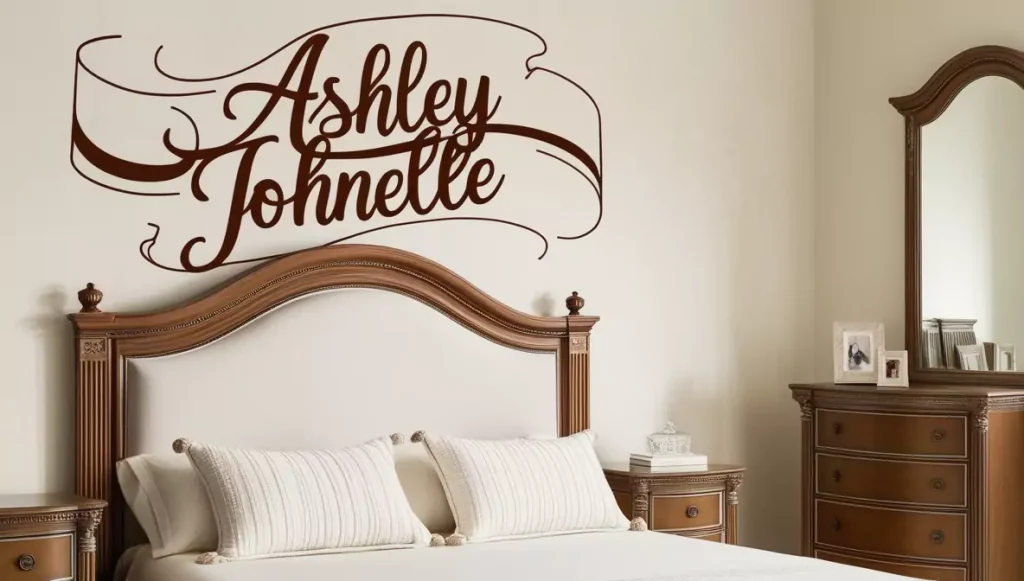


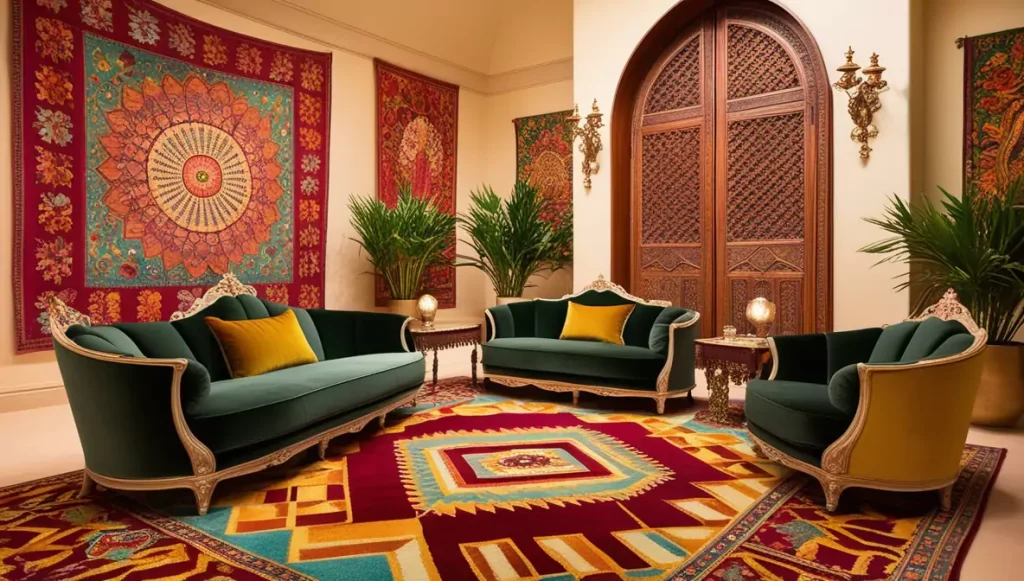
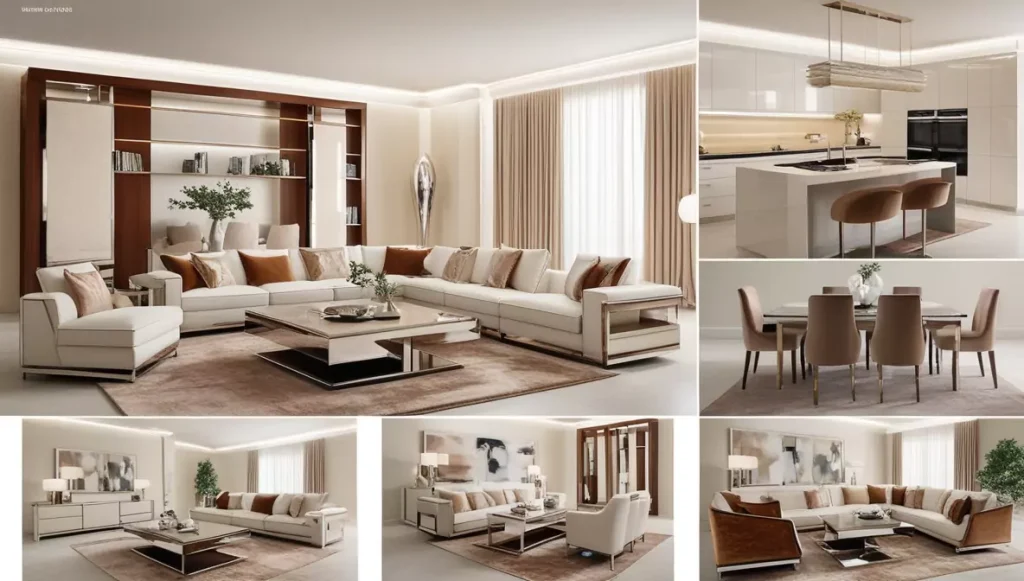
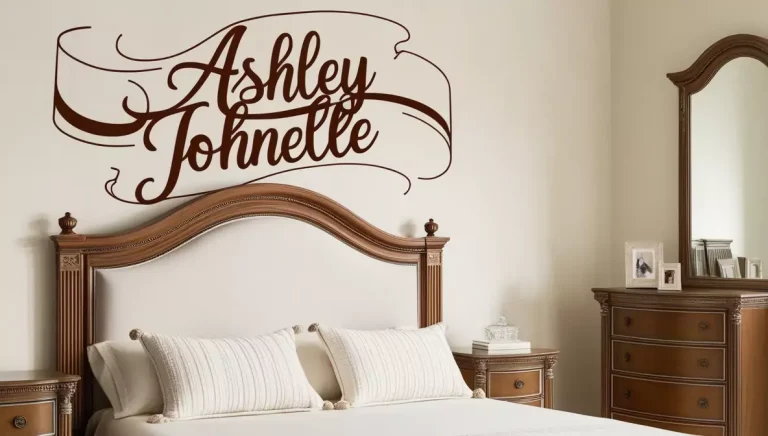

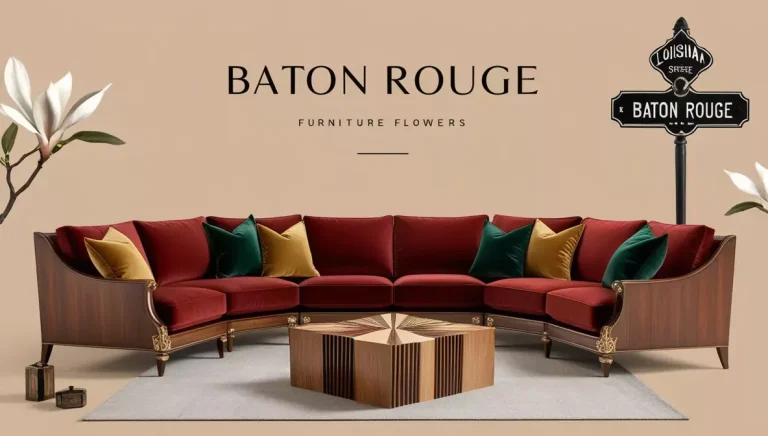
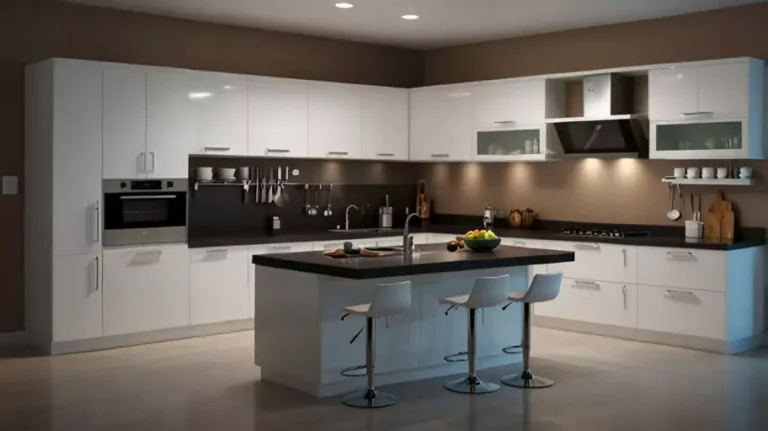

сео продвижение сайтов https://prodvizhenie-sajtov15.ru .